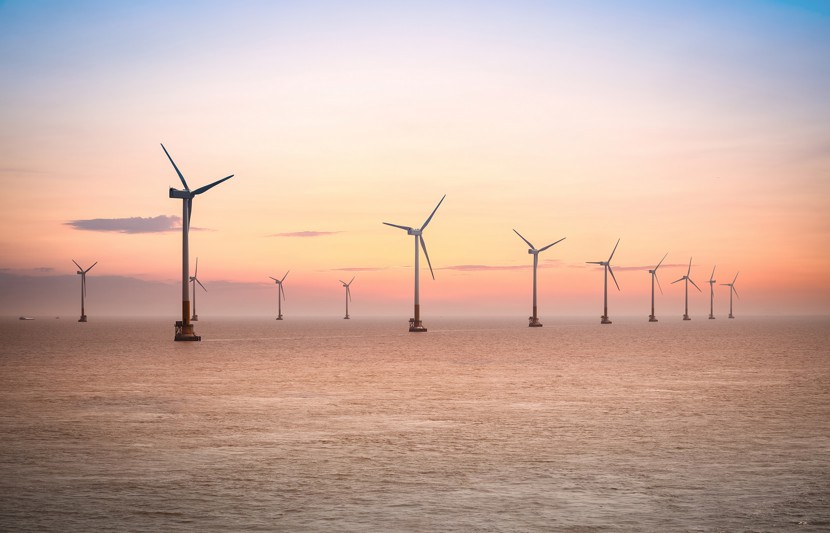
Insights on Australia's offshore energy infrastructure bill
Right around the world, countries are tackling the issue of how to decarbonise energy markets and embrace renewable generation at scale.
Framework for clean energy development
Why has the Offshore Electricity Infrastructure Bill been introduced and what are some of its key features?
The Bill has been introduced to create a clear framework for investigating, developing, and operating renewable energy infrastructure, or completing research into clean generation technologies in Commonwealth waters (the marine area outside of the waters managed by States and Territories, typically stretching from 3-200 nautical miles offshore).
While planning for offshore renewables projects is already in progress, the Bill will help streamline and simplify the approvals process. It will give clear guidance on how projects can pursue licenses and will assign one regulatory body to manage approvals and compliance. It will also create a mechanism for developers to gain tenure over parts of the seabed for their projects – which is important for project financing and asset security.
What differences could the Offshore Electricity Infrastructure Bill make to investigation and planning for new offshore wind farms?
At the moment it’s possible to complete feasibility work and planning for projects, but there’s no real framework for taking the next step - getting a license to develop and operate an offshore wind farm.
Because these types of projects haven’t been developed and commissioned in Australia before, the process for gaining approvals is very bespoke and can involve a number of regulatory bodies and approvals pathways at state and federal level.
Putting a piece of furniture together is much simpler when you have the instructions, and the same goes for project approvals. The Bill won’t change all of the work that needs to happen in terms of site investigation and feasibility studies, but by creating a standard process for licensing and approvals (like the printed instructions from IKEA), project planning becomes a lot easier.
This brings the risk profile of projects down, which in turn sparks more interest and activity in the market.

The Bill puts the National Offshore Petroleum Safety and Environmental Management Authority (NOPSEMA) forward as the Regulator. What’s behind the decision to use an existing body, and does NOPSEMA’s name need to change?
Australia is very advanced in terms of regulation for offshore oil and gas development and operations. NOPSEMA was established in the wake of the Montara oil spill to create a positive and non-prescriptive yet stringent regulatory environment to manage the oil and gas work that was already occurring offshore. As a regulator, NOPSEMA has the right experience and approach to regulate offshore renewables licensing and approvals – there’s a lot of experience and skills that are transferrable between the oil and gas and offshore renewables industries.
When RPS started up 50 years ago, our name stood for ‘rural planning services’. Over the years we’ve grown and evolved beyond our original scope and now support clients all over the world with all kinds of services. I think NOPSEMA will go through the same process of evolution. Its scope is growing, and that’s a good thing.
Maybe the name should change in time, but what really matters is that Australia has a regulator with the right experience and technical knowledge to drive good outcomes for the industry, for stakeholders, and our marine environment.
For offshore wind project proposals that are already underway, what does the Bill mean for them?
It depends on how far down the feasibility and investigation path they are. Some projects will be given flexibility to continue their feasibility work as they are already quite advanced in the process. There’s a ‘grandfather clause’ in the Bill that will help ensure these first movers aren’t disadvantaged or delayed.
For other projects that are just beginning, they will come in under the new licensing process for research or feasibility work in the first instance, before moving on to a commercial license once relevant studies are complete.
Guidance around what project proponents and consultants need to do when submitting a license application will need to be developed, but we are hoping that this will happen quite quickly. We will then see lots of projects funneling through as some of the ‘risk of the unknown’ that surrounds approvals currently (how much it will cost, how long it will take etc) will be removed.

As technical guidance is developed and implemented, what lessons can Australia take from more mature offshore renewables markets?
NOPSEMA is already talking to other markets such as the UK and the US which is positive, but what’s great is that we already have a really good baseline of regulatory practice for offshore projects.
Because our offshore oil and gas industry is mature and very well regulated, a lot of the standards, practices and processes used in this sector can be adapted for this new type of offshore project activity.
Markets like the UK have separate regulatory agencies for the two industries which can work well, but in Australia’s case having one regulator for both is a smart move. We’re not starting from scratch which means we’re in a good position to hit the accelerator on projects, and attract new investment.
Australia has some of the very best renewable energy resources in the world and pursuing offshore development will help us accelerate our transition to cleaner forms of generation. It’s also a great opportunity for regional communities as it will allow us to diversify local economies and give people who previously worked in carbon-intensive energy (and other) industries a chance to make the transition into renewables and contribute their expertise.
It's an exciting time for renewables in Australia, and RPS is excited to be a part of it!
Learn more about our work in Victoria


